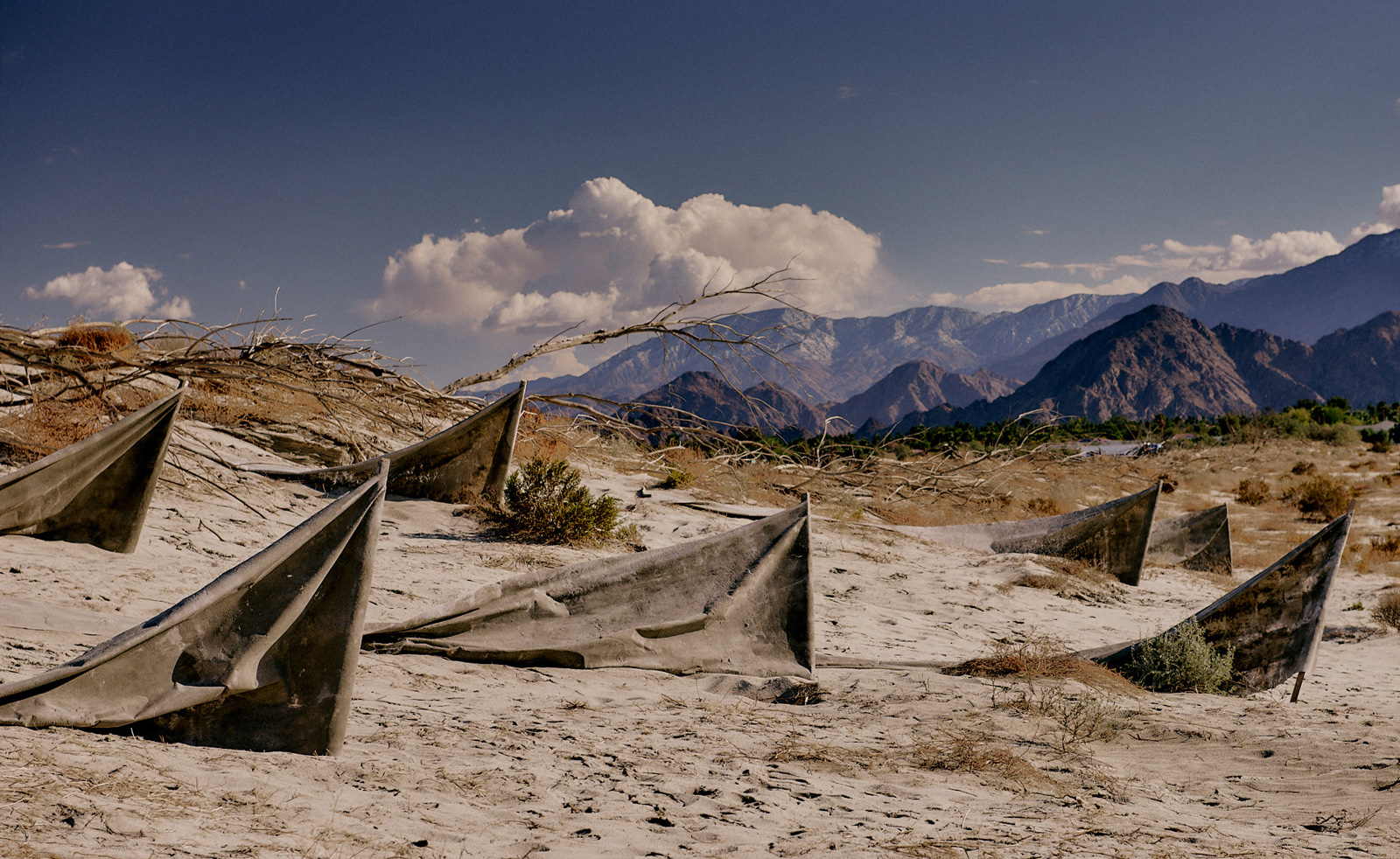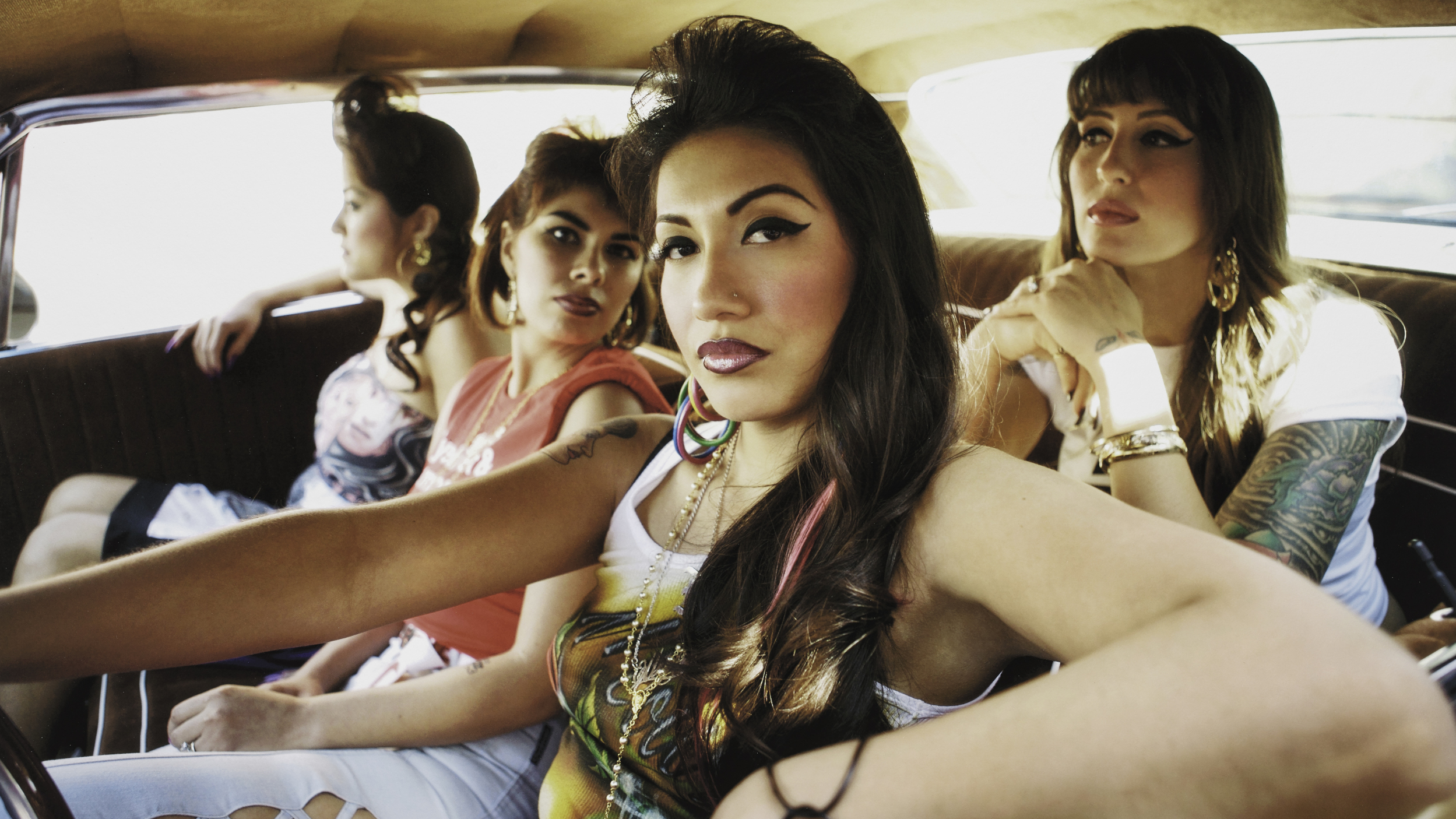Art, commerce and the 1980s: how the decade became a turning point for mass media

The 1980s: the decade of decadence, power shoulders, big hair, big bucks and Generation X. As the biggest ad agencies of the era – among them Saatchi & Saatchi, the WPP group – ate up the smaller fish becoming huge conglomerates, and cable TV arrived, commercial culture began to cut its teeth.
Meanwhile in New York, a group of young, gung-ho artists responded to the insatiable consumerism with art that both attacked and absorbed advertising aesthetics and its politics. Artists like Jeff Koons, Barbara Kruger, and Richard Prince, were at the forefront, often appropriating their material directly from adverts.

Installation view of ‘Brand New: Art and Commodity in the 1980s’ at Hirshhorn Museum with New! New Too! (pictured right), 1983, by Jeff Koons, lithograph billboard mounted on cotton. © Jeff Koons
Their approach quickly spread across the country and abroad. ‘What began as satire quickly grew to become a defining moment in contemporary art,’ says Gianni Jetzer, curator of ‘Brand New: Art and Commodity in the 1980s’, at the Hirshhorn Museum in Washington DC – an exhibition exploring art and artists’ relationship to commodity and commerce. Focusing on works made in the 1980s by more than 70 artists, the show serves up a slice of eighties ideology on a plate of trenchant criticism of the socio-economic system.
Many of them haven’t lost their acuity. Thirty years after it originally appeared in 1988, Krzysztof Wodiczko’s iconic, 68ft projection onto the façade (pictured below) of the Hirshhorn Museum is being restaged. The work, the artist reflects, is ‘strangely familiar and at once unbearably relevant’. In it, imagery spliced from ads, films and newspaper headlines in the US at the time – abortion and death penalty laws – floats imposingly above visitors’ heads, a comment on way mass media manipulates us all.

Hirshhorn Museum, Washington, DC, 1988, by Krzysztof Wodiczko, public projection on the façade of the museum. The installation has been recreated for the 2018 exhibition. Courtesy of the artist and Galerie Lelong, New York
It was also in the 1980s that artists, perhaps for the first time, had to face up to the place of their art as part of a market; the physical art object was now something to acquire and own, with buyers lusting for next big thing.
Though this movement defined, in many ways, the way artists work today, (see the new Netflix exposé of the art world, Blurred Lines, for proof). ‘This phenomenon of artist as a brand identity, and the art object as commodity, has not yet been examined at this scale,’ Jetzer notes.

Installation view of ‘Brand New: Art and Commodity in the 1980s’ at the Hirshhorn Museum and Sculpture Garden.

Untitled (I shop therefore I am), 1987, by Barbara Kruger, photographic silkscreen on vinyl. © Barbara Kruger, Mary Boone Gallery, New York.

Untitled #121, 1983, by Cindy Sherman, chromogenic colour print, New York

Installation view of ‘Brand New: Art and Commodity in the 1980s’ at the Hirshhorn Museum and Sculpture Garden.

These Galleries show no more than 10% women artists or none at all., 1984-85, by Guerrilla Girls, offset lithograph,Hirshhorn Museum and Sculpture Garden, Washington DC, Smithsonian Institution

Installation view of ‘Brand New: Art and Commodity in the 1980s’ at the Hirshhorn Museum and Sculpture Garden.

Installation view of ‘Brand New: Art and Commodity in the 1980s’ at the Hirshhorn Museum and Sculpture Garden.

Homeless Vehicle in New York City, 1988-89, by Krzysztof Wodiczko, colour photographs, New York

Alex Gonzalez Loves his Mother and Father, 1989, by Ken Lum, chromogenic print on sintra, mounted on acrylic sheet with screen printed ink text. Courtesy of the artist. Center for Contemporary Art, Rotterdam
INFORMATION
‘Brand New: Art and Commodity in the 1980s’ is on view until 13 May. For more information, visit the Hirshorn Museum
Wallpaper* Newsletter
Receive our daily digest of inspiration, escapism and design stories from around the world direct to your inbox.
ADDRESS
Hirshhorn Museum
Independence Avenue and 7th Street
Washington DC 20560
Charlotte Jansen is a journalist and the author of two books on photography, Girl on Girl (2017) and Photography Now (2021). She is commissioning editor at Elephant magazine and has written on contemporary art and culture for The Guardian, the Financial Times, ELLE, the British Journal of Photography, Frieze and Artsy. Jansen is also presenter of Dior Talks podcast series, The Female Gaze.
-
 All-In is the Paris-based label making full-force fashion for main character dressing
All-In is the Paris-based label making full-force fashion for main character dressingPart of our monthly Uprising series, Wallpaper* meets Benjamin Barron and Bror August Vestbø of All-In, the LVMH Prize-nominated label which bases its collections on a riotous cast of characters – real and imagined
By Orla Brennan
-
 Maserati joins forces with Giorgetti for a turbo-charged relationship
Maserati joins forces with Giorgetti for a turbo-charged relationshipAnnouncing their marriage during Milan Design Week, the brands unveiled a collection, a car and a long term commitment
By Hugo Macdonald
-
 Through an innovative new training program, Poltrona Frau aims to safeguard Italian craft
Through an innovative new training program, Poltrona Frau aims to safeguard Italian craftThe heritage furniture manufacturer is training a new generation of leather artisans
By Cristina Kiran Piotti
-
 Leonard Baby's paintings reflect on his fundamentalist upbringing, a decade after he left the church
Leonard Baby's paintings reflect on his fundamentalist upbringing, a decade after he left the churchThe American artist considers depression and the suppressed queerness of his childhood in a series of intensely personal paintings, on show at Half Gallery, New York
By Orla Brennan
-
 Desert X 2025 review: a new American dream grows in the Coachella Valley
Desert X 2025 review: a new American dream grows in the Coachella ValleyWill Jennings reports from the epic California art festival. Here are the highlights
By Will Jennings
-
 In ‘The Last Showgirl’, nostalgia is a drug like any other
In ‘The Last Showgirl’, nostalgia is a drug like any otherGia Coppola takes us to Las Vegas after the party has ended in new film starring Pamela Anderson, The Last Showgirl
By Billie Walker
-
 ‘American Photography’: centuries-spanning show reveals timely truths
‘American Photography’: centuries-spanning show reveals timely truthsAt the Rijksmuseum in Amsterdam, Europe’s first major survey of American photography reveals the contradictions and complexities that have long defined this world superpower
By Daisy Woodward
-
 Miami’s new Museum of Sex is a beacon of open discourse
Miami’s new Museum of Sex is a beacon of open discourseThe Miami outpost of the cult New York destination opened last year, and continues its legacy of presenting and celebrating human sexuality
By Anna Solomon
-
 Sundance Film Festival 2025: The films we can't wait to watch
Sundance Film Festival 2025: The films we can't wait to watchSundance Film Festival, which runs 23 January - 2 February, has long been considered a hub of cinematic innovation. These are the ones to watch from this year’s premieres
By Stefania Sarrubba
-
 What is RedNote? Inside the social media app drawing American users ahead of the US TikTok ban
What is RedNote? Inside the social media app drawing American users ahead of the US TikTok banDownloads of the Chinese-owned platform have spiked as US users look for an alternative to TikTok, which faces a ban on national security grounds. What is Rednote, and what are the implications of its ascent?
By Anna Solomon
-
 Architecture and the new world: The Brutalist reframes the American dream
Architecture and the new world: The Brutalist reframes the American dreamBrady Corbet’s third feature film, The Brutalist, demonstrates how violence is a building block for ideology
By Billie Walker